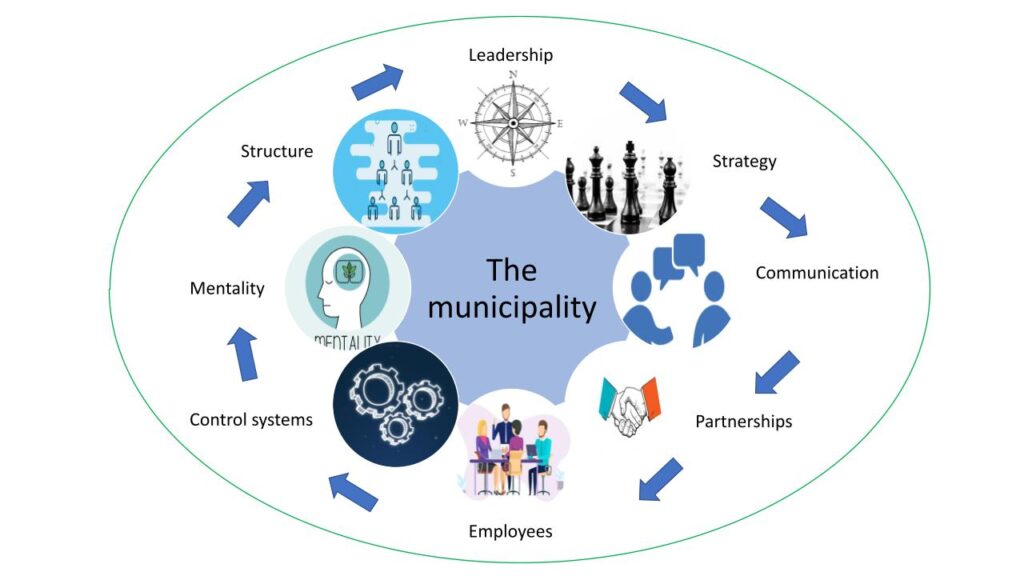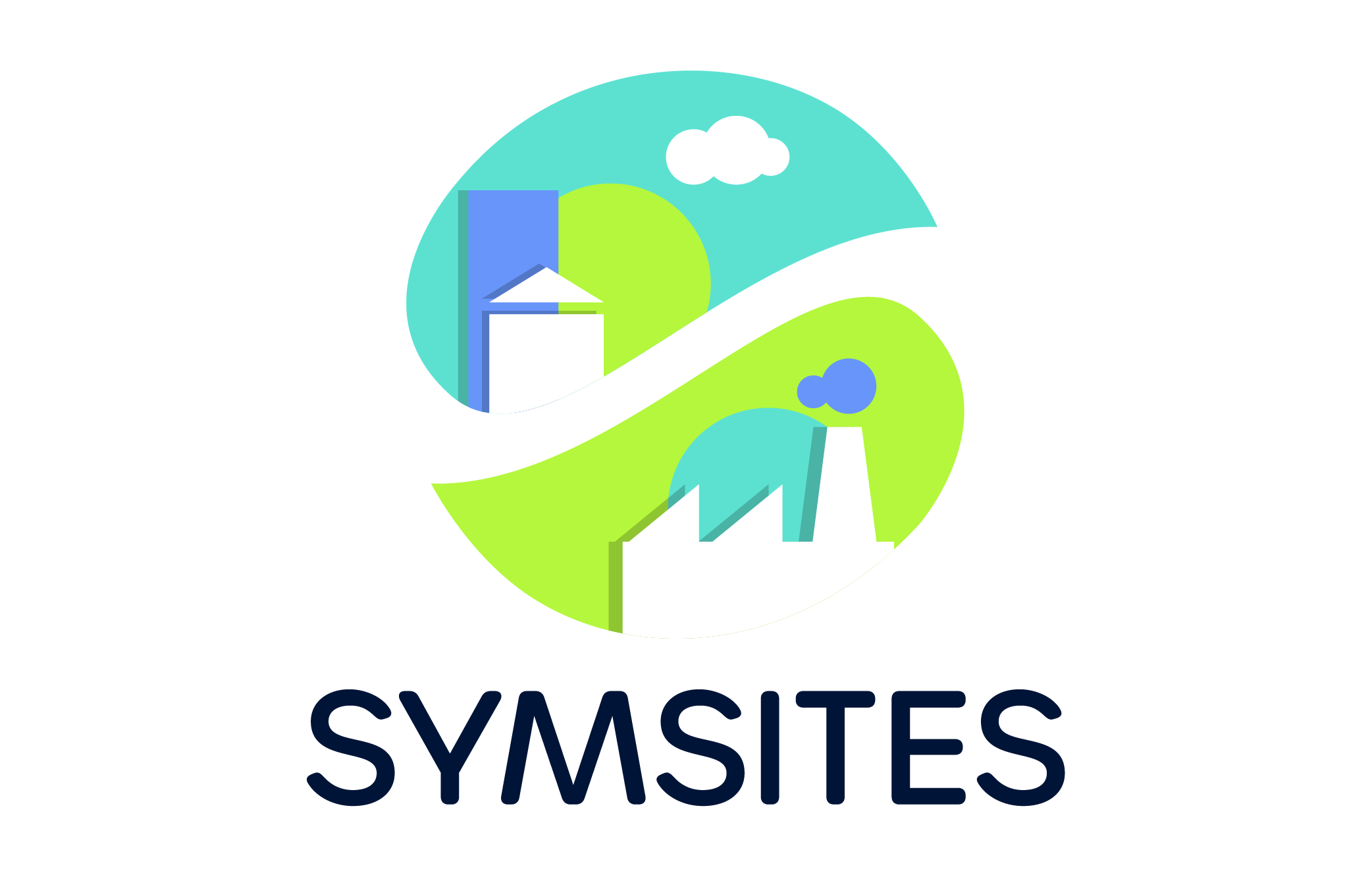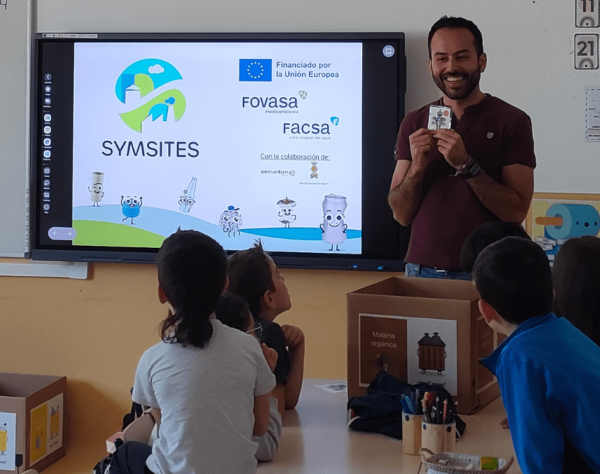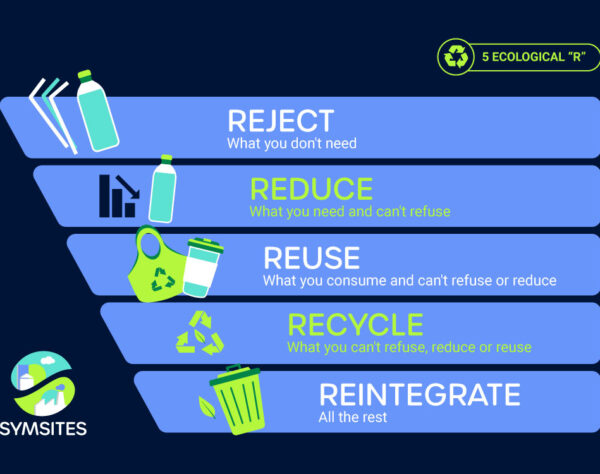
How can municipalities and local actors respond to businesses’ needs to scale up Industrial-Urban Symbiosis?
Today we dig deeper into the meaning of “Industrial-Urban Symbiosis” and specifically into the role of municipalities. The question we will try to address today is: how can Municipalities scale up Industrial Urban Symbiosis? Let’s try to explore this issue and see how local authorities can also play an important role in meeting businesses’ needs.
Industrial Symbiosis vs. Industrial-Urban Symbiosis
Before trying to understand how municipalities can scale up Industrial Urban Symbiosis, we need to return on the concept of Industrial (Urban) Symbiosis. If it is true that we have already explained many times what IUS is, we actually never mentioned the fact that this concept originates from “Industrial Symbiosis” (without the “Urban” part!).
In this sense, Industrial Symbiosis is a circular economy strategy, where wastes and residues of one or more companies become resource inputs for another company (this exchange usually takes place within industrial areas and zones, where several private sector companies are co-existing).
However – and this is SYMSITE’s case – it may also involve an urban component, becoming thus an Industrial Urban Symbiosis (IUS). This happens when a municipality can concretely support the development of the industrial symbiosis, boosting its effects, and thus, contributing to the realization of overall carbon-reductions and a decrease in resource demand.
In general, it is evident that all of these processes, setting ambitious goals, need to be supported by an adequate legal framework which involves different levels of policy making. But let’s now focus on the lower – yet extremely important – level: municipalities and local authorities.
Scaling up the IUS: the role of municipalities
Municipalities can scale up Industrial Urban Symbiosis in many ways, thus they play a fundamental role in meeting businesses’ needs. A municipality can have a multi-diverse role depending on its ability to support the actions described below as:
– An inspirer that sets the strategy and the goals for the IUS network and brings the appropriate stakeholders together
– A mediator that impartially facilitates dialogue and initiates networking among the appropriate stakeholders of a potential IUS
– An owner of waste management and/or product supply services that can be a partner of an IUS
– An auditing authority that carries out environmental controls on private companies as well as handles claims such as noise and/or odor or other environmental related problems caused by IUS
– A business entity that needs to balance revenues and costs, and which can work strategically to support an IUS
In a nutshell, the municipality becomes the glue that can keep together all the actors of the society involved somehow in IUS strategies.
At the same time, the municipality can attract additional companies developing a network for IUS. Therefore, by playing this role, it can create jobs, increase tax revenues, reduce waste management costs and brand themselves through symbiosis.
A typical loop where the role of municipalities in an IUS is depicted can be found in Figure 1

In brief, a municipality has to define the vision of a potential IUS and then, form a strategy on how to either enhance an already established industrial symbiosis by adding the urban feature, or develop a new IUS based on the existing availability in its region. Thus, it has to communicate and become part of an established network or to try and create a new one from scratch.
As a result, partnerships will arise which can lead to collaborations and thus, to the creation of new jobs. Then, the municipality has to wield various system-based tools to support the IUS. In particular, mapping of the resources as well as the waste availability at local level can be a significant asset for the municipality in identifying potential IUS. Such an approach will establish an innovative mentality among the involved partners leading to administrative structures that effectively optimize the IUS developed.





